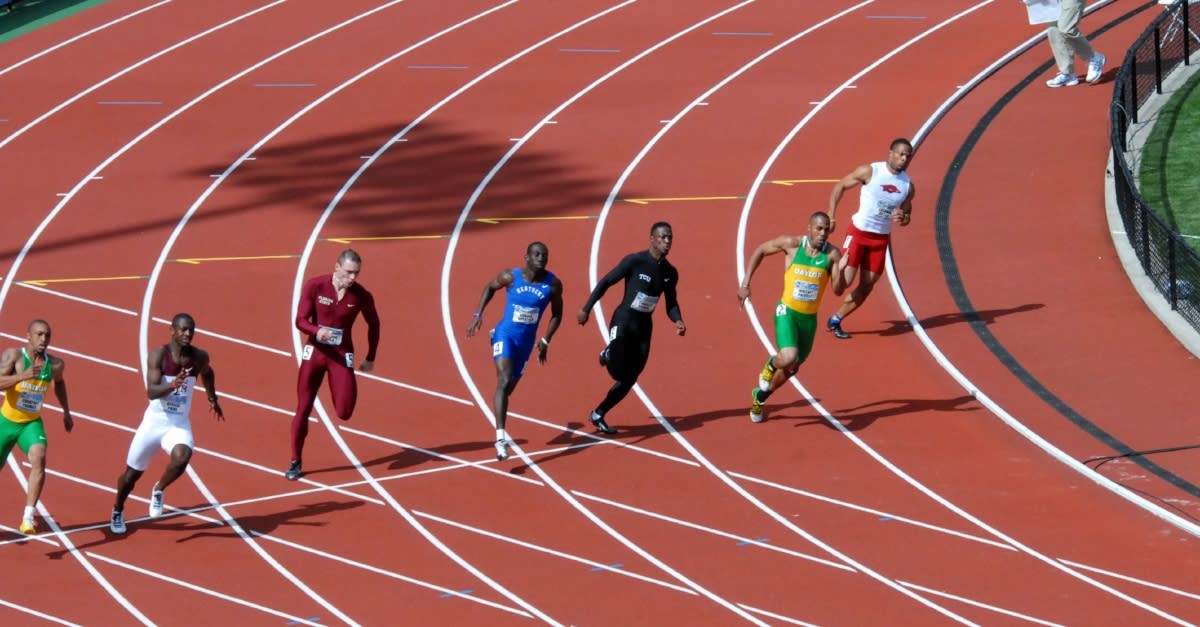Running News Daily
Running News Daily is edited by Bob Anderson. Send your news items to bob@mybestruns.com Advertising opportunities available. Train the Kenyan Way at KATA Kenya and Portugal owned and operated by Bob Anderson. Be sure to catch our movie A Long Run the movie KATA Running Camps and KATA Potato Farms - 31 now open in Kenya! https://kata.ke/
Index to Daily Posts · Sign Up For Updates · Run The World Feed
Social media is changing track and field for the better
Unlike sports such as basketball, football, hockey and soccer, track has never attracted the same attention in terms of viewership and, of course, money. Every four years when the Olympics come around, the world gets excited about the sport, but as soon as the closing ceremonies wrap up it fades into the background. With many of the big track meets only available on expensive subscription services like Runners Space and Flo Track, even fans of the sport have trouble accessing meet coverage — that is, until recently.
Social media, most notably YouTube, has transformed the sport of track and field over the last few years, with coverage of more and more high-level track meets becoming available on the free platform, and an increasing number of athletes and teams using it to promote themselves and give fans an inside look into their lives and training. In a recent YouTube video, several athletes, including Canada’s Justyn Knight, reflected on the change and how they think it is helping the sport progress.

“Involving social media in the sport does nothing but uplift it,” said Knight. “Our generation is in a social media time where it does nothing but make you more money and spread awareness on whatever your cause might be or bring awareness to your team.”
The other athletes in the video echoed Knight’s statements, adding that providing free spaces where fans (particularly young fans) can access content and keep up with their favourite runners creates more excitement around the sport, which ultimately helps brands (and therefore the athletes they support) make more money and improves the sport overall. New Zealand runner Nick Willis also commented on the differences he sees in the sport now compared to when he began his career 20 years ago, noting that social media has allowed smaller, more grassroots meets to flourish.
“Before, the highest-level athletes wouldn’t want to show up to meets that didn’t have any prize money [or] that weren’t on NBC or ESPN,” he said. “It’s good that those things are part of the sport but … it’s cool to be a part of both sides and having done the sport at the high level for 20 years it’s actually rejuvenating for me at the end of my career to be in more community-based events.”
He added that these smaller meets, where athletes pay their own entrance fees and put in a seed time, create a more level playing field for runners, and also allow fans to be a part of the business structure of the sport, in a way. The more people that log onto the YouTube channel to watch the meet, the more sponsors the meet is able to get, generating more revenue to help athlete cover their expenses and to allow meet organizers to put on other, similar events.
Social media in general, whether it’s YouTube, Instagram or TikTok, gives elite runners an opportunity to market themselves, to promote their personal brands and to connect with fans in a way that athletes of previous generations were unable to do. It provides greater access to the sport for fans of all ages, particularly young fans, which will help to inspire and motivate the next generation of elite runners. Running may not ever generate the same level of sports mania as football or hockey, but these changes will help the sport to grow by generating more support for athletes hoping to compete at a high level.
by Running Magazine
Login to leave a comment




